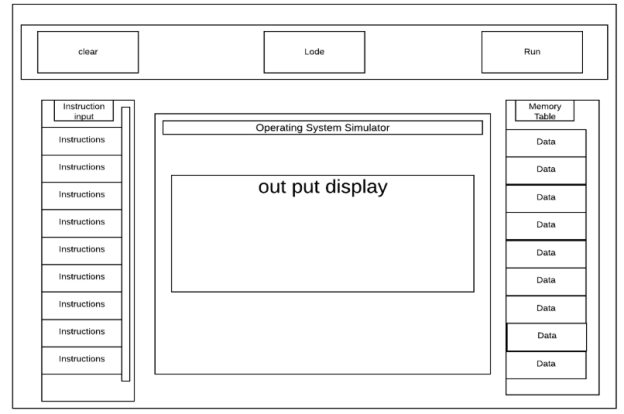After completing the file upload portion of the project last week, I found myself in fear of committing my changes. I have always had this problem: I want each commit to be concise, change as little as possible, and even have perfect whitespace. This minimizes changes and makes it easier to track down commits where bugs are introduced, but moving forward like this will slow me down, as it has in the past.
But once I made that first commit, things starting progressing quicker. It was time to start adding more Components. Once I could interact with the files I was uploading, it was time to be able to delete files. With more functionality and interaction with the cloud storage, it was best to remove this behavior from the Components and move them to a Service. This custom service class handles all interaction with the cloud storage service, so there aren’t some components adding files and others deleting files. Everything is nicely encapsulated, and user interaction only needs to forward actions to the Service.
I do wonder if there are downsides to this design, and whether Angular might have features I’m missing that may be better suited. However, I definitely believe that UI Components in any framework should delegate user interaction to another class that contains the logic. Even so, is importing a Service class the proper avenue? I have also considered passing commands in each Component up to the main app Component, which would have a single reference to the custom Service I created. This would quickly complicate the application architecture, however, because changes in the cloud storage will require updates in the children Components. For example, the list of Files will have to update, and a file shouldn’t be removed from the UI unless the delete action is successful, requiring a callback to be passed down to children.
The software engineering practices I’ve studied and written about this past semester are at the front of my mind. My current solution is rather simple, and although I am anticipating possible problems, I am not over-engineering and adding unnecessary complexity. I am following Clean Code principles from Robert C. Martin; making code easy it read, making it work, and refactoring when necessary.
The overall design of my final project is beginning to solidify. I naively thought I would download all file metadata from the cloud storage when loading the web page and then maintain them from there, but I’ve realized that all of this data is going to have to be stored in another database, which I will access using a REST API. This will store all the file data and URLs to the files themselves and will be a good chance to practice with data synchronization between databases.
Through the next week I will implement the database. Once I have this synced client-side, I can add Components to search/filter the files and load the files that are selected by the user.
From the blog CS@Worcester – Inquiries and Queries by ausausdauer and used with permission of the author. All other rights reserved by the author.

